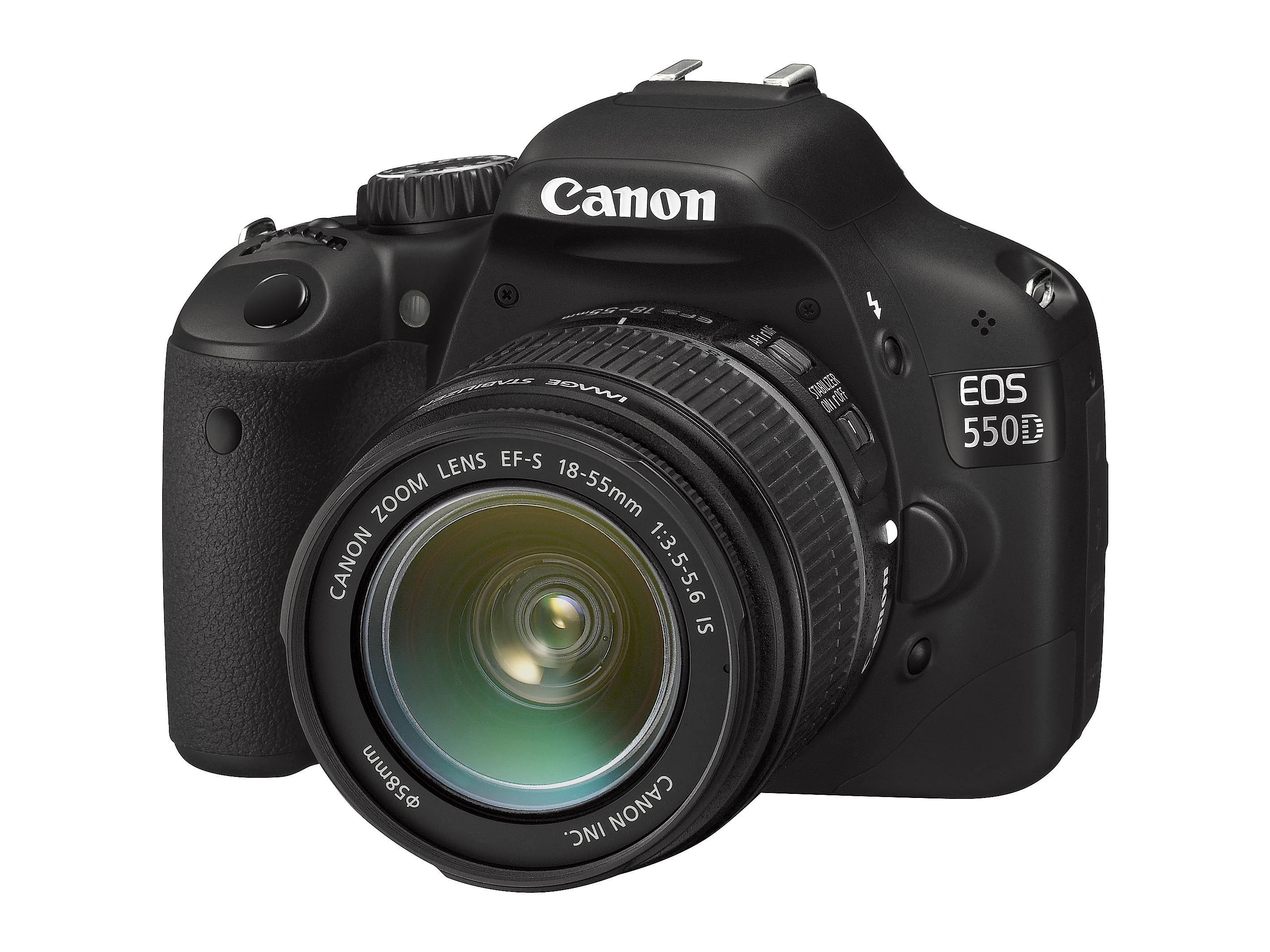Why you can trust TechRadar

So we've mentioned the 18-megapixel sensor, but what difference does this make to the camera in practice?
While it's an APS C-CMOS sensor rather than full-frame, it's an impressive piece of circuitry.
Detail and resolution are really up there and although you probably don't 'need' a couple of extra million pixels on an amateur DSLR, it's still good to have all that power on tap.
Just remember that to make the most of all that extra sensor resolution you'll need to shoot in RAW, and get some extra lenses. The EOS 550D will typically be sold in a kit with an 18-55mm IS lens, as with our review sample, and this lens doesn't do the rest of the camera justice.
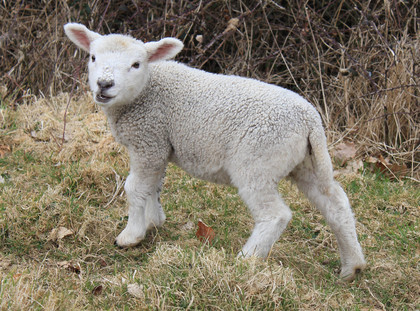
It's OK as an every-day lens when you've left your camera bag at home, and focuses quickly and quietly, but you do notice some distortion – edge definition could be better and there's some chromatic aberration.
You really need a couple of extra lenses, for example a wide angle and telephoto/superzoom, to enable the EOS 550D to reach its full potential.
Cough up for some good glass and you'll be rewarded with some lovely images from this camera. Shooting in RAW is important too, as JPEGs taken with EOS DSLRs tend to be on the soft side – this is not just a quirk of the EOS 550D, it's a characteristic of Canon DSLRs across the board.
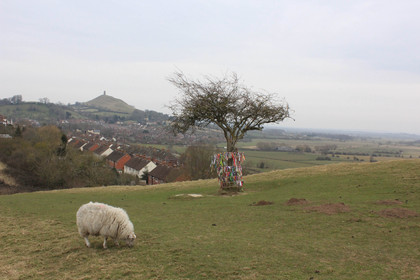
Allied to the beefy sensor is the powerful ISO performance. High ISOs are hardly headline news on consumer DSLRs these days, but the EOS 550D really does score 10 out of 10 in this area.
As our test shots reveal, ISO 800 and 1600 are perfectly usable on a day to day basis.
This is actually saying a hell of a lot, and it shows just how much Canon's light sensitivity technology has progressed over the last few years.
ISO 1600...
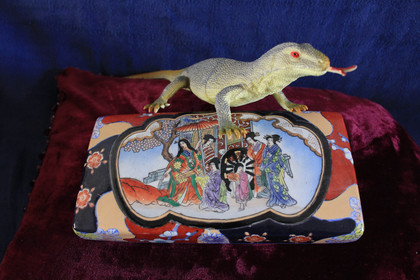
You're pushing it at ISO 6400, but considering the EOS 550D gives you a chunk of change from a grand, it's an astonishingly good performance. Noise is really well controlled throughout the range and colours only start to smear when you push the ISO to the kind of extreme levels that you rarely need to resort to.
ISO 3200...
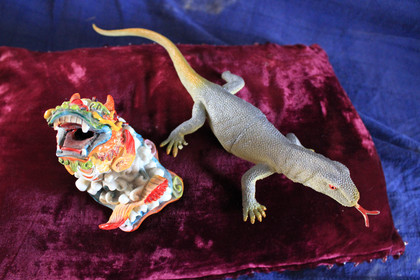
We're impressed, as being able to ramp up the ISO without worrying about ugly noise gives you so much more flexibility – not only in terms of light sensitivity but also in terms of getting faster shutter speeds.
Canon's really thrown the gauntlet down to its rivals here and the EOS 550D makes the (more expensive) Nikon D300s look like yesterday's camera when it comes to ISO.
In terms of exposure and metering, there's plenty to commend too. As mentioned, you must shoot in RAW to get maximum detail, tonality and crispness from your shots, but changing from JPEG to RAW (or JPEG and RAW) is child's play on the EOS 550D – it's a very logical and well-laid-out camera.
The 550D includes something called iFCL metering, which also appears on the semi-pro EOS 7D.

Without getting too technical, iFCL is based on a 63 zone dual-layer sensor designed to complement the 19-point AF.
By taking into account the colour and luminosity surrounding chosen AF points, the new system claims to deliver more accurate exposures, even in difficult lighting situations.
Since the metering sensor has a colour measurement function, exposure errors and focus errors caused by different light sources are minimized.
Canon claims this makes iFCL-equipped SLRs ideal for scenes with extreme difference in brightness such as brightly lit scenes or backlit scenes; the camera balances exposure of the main subject at the background, and exposures are not overly influenced by bright areas in the shot.
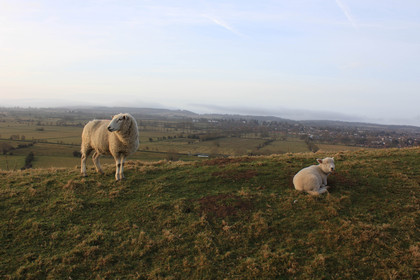
As with a lot of this hyped-up technology, it was hard to see a huge difference in day-to-day camera performance, but there's no doubt that our EOS 550D coped well with brightly lit scenes. Not that there was a huge amount wrong with the EOS metering system anyway, and so long as you get some extra lenses and shoot in RAW you'll be more than happy with the images produced by this camera.
Another big selling point of this camera is the enhanced HD movie recording mode.
While it's great to be able to shoot in full, rather than standard HD mode, and manually adjust exposure, it's not perfect.
It can take the contrast detect autofocus a while to lock onto the subject, and it doesn't feel as quite as slick and polished as the HD movie recording on comparatively priced Panasonic cameras, for example.
As our test movie reveals, the quality of the HD movies recording is impressive, with accurate colour rendition and motion tracking.
Current page: Canon EOS 550D: Image and video quality
Prev Page Canon EOS 550D: Features Next Page Canon EOS 550D: Verdict